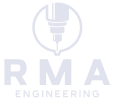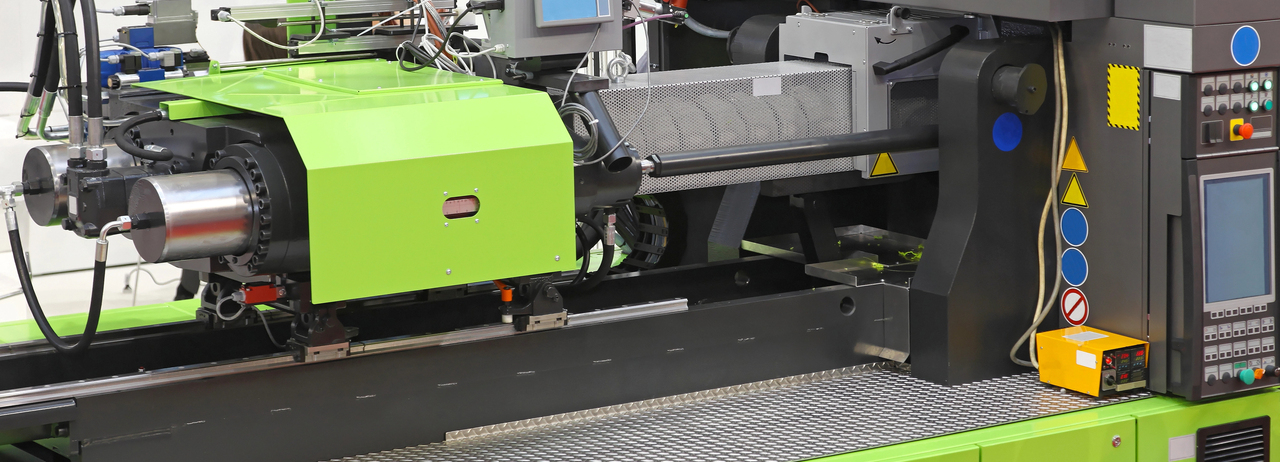
The Ultimate Guide to Choosing the Right 3D Printing Service
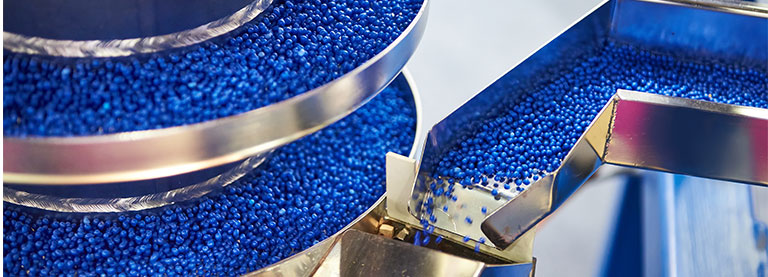
Plastic manufacturing plays a pivotal role in creating products for many industries, from consumer goods to automotive components. The process you choose for manufacturing plastic parts can greatly impact production speed, cost, and quality. Learn some of the most commonly used methods and their key applications, advantages, and limitations.
Injection Molding: High-Speed Production of Complex Parts
Injection molding is one of the most widely used plastic manufacturing processes, particularly in industries requiring high-volume production of intricate parts. Through this, heated plastic is injected into a mold under high pressure, and there it solidifies and cools to form the final product. Injection molding is ideal for creating parts with detailed geometries and fine features, making it highly valuable in sectors like automotive, electronics, and medical device manufacturing.
This method stands out for its ability to rapidly produce large quantities of uniform parts, which makes it cost-effective for mass production. While the initial cost of creating molds can be high, the long-term savings in production costs often make this method worthwhile for high-volume runs. It is also possible to use a wide range of thermoplastic materials, such as polycarbonate, ABS, and nylon, for injection molding, giving manufacturers flexibility in material selection.
The biggest drawback of injection molding is its upfront cost. Molds need to be designed and fabricated before production can begin, which may not be suitable for low-volume production. Despite this, for large-scale manufacturing of intricate components, injection molding is often the most efficient choice.
Extrusion: Efficient for Continuous, Uniform Products
Extrusion is a plastic manufacturing method that forces molten plastic through a mold or die to produce continuous shapes, such as pipes, sheets, and films. The plastic material is heated, pushed through the die, and cooled to form a product with a uniform cross-sectional shape. Extrusion is particularly advantageous for producing long products that require consistent dimensions, such as tubing and flooring materials.
A key benefit of extrusion is its efficiency, especially for creating large quantities of products that need to maintain the same profile. Once the process is set up, extrusion allows for continuous production, making it ideal for creating products in bulk at relatively low cost. The method also offers flexibility in terms of material combinations, as multi-layer extrusion can be used to create products with different properties in each layer.
However, one limitation of extrusion is its inability to handle complex shapes. It is best suited for products with simple, consistent profiles. Additionally, the level of precision in extrusion is typically lower than that of injection molding, which may limit its use in applications requiring high tolerances.
Blow Molding: Ideal for Hollow, Lightweight Products
Blow molding is a popular method for producing bottles, containers, tanks, and other hollow plastic products. In this process, a parison, or a heated plastic tube, is inflated within a mold so that it takes the shape of the mold cavity. This technique is widely used in industries like packaging, where large quantities of uniform, lightweight, and durable containers are required.
One of the primary advantages of blow molding is its ability to create hollow products with varying thicknesses while maintaining strength. The method also allows for the inclusion of features like handles or screw threads, making it highly versatile for container production. Blow molding can be used to process a variety of plastics, including polyethylene, polypropylene, and PET, offering flexibility in material selection.
Although blow molding is efficient for mass-producing hollow objects, it is not suitable for creating parts with intricate or highly detailed shapes. It is also limited in terms of precision, especially in applications requiring tight tolerances. Despite this, blow molding remains a go-to choice for producing large quantities of hollow products with consistent quality.
Rotational Molding: Efficient for Large, Hollow Items
Rotational molding or rotomolding is a process used in manufacturing large, hollow plastic products like tanks, toys, and outdoor equipment. The process involves placing powdered plastic inside a mold, which is then rotated in multiple directions while being heated. The rotation sees to it that the plastic evenly coats the mold walls before cooling and solidifying into the final product.
The key benefit of rotational molding is its ability to create large, lightweight parts with consistent wall thickness. It is ideal for low to medium-volume production of large items, such as containers and playground equipment. Additionally, the lack of high mold pressures required in this process means that it can accommodate a variety of material types and is particularly effective for products that do not require highly detailed features.
However, rotational molding is generally slower than injection molding, and it is less suitable for producing small, intricate parts. Additionally, the level of precision in rotomolding is lower than in other methods, making it more appropriate for larger products with less complexity.
Additive Manufacturing: The Flexibility of 3D Printing
Additive manufacturing, or 3D printing, is a cutting-edge technology that has significantly impacted the plastic manufacturing industry. Unlike traditional methods, 3D printing builds up a part layer by layer from a digital model. This allows for the creation of complex and customized parts that would be difficult or impossible to achieve using conventional manufacturing techniques.
3D printing is especially beneficial for producing prototypes, low-volume parts, and products with intricate designs. The process does not require molds or tooling, which drastically reduces upfront costs and time to market. Materials used in additive manufacturing range from thermoplastics to specialty resins, offering flexibility in terms of both function and aesthetics.
Despite its advantages, additive manufacturing has limitations, particularly in terms of material strength and production speed. While the technology continues to improve, 3D-printed parts may not always match the durability or finish of traditionally molded components. However, post-processing services, such as polishing and coating, can help enhance the surface finish and mechanical properties of 3D printed items, making them more suitable for end-use applications.
Advanced Techniques in Plastic Manufacturing
As the demand for custom plastic products continues to grow, manufacturers are turning to more advanced techniques to meet the needs of industries. One such method is the use of 3D post-processing services. These services help refine and enhance 3D-printed parts, improving their strength, appearance, and overall functionality. Post-processing techniques such as sanding, polishing, painting, and coating can transform 3D printed parts into products that meet the desired quality standards.
Additionally, new innovations in molding techniques, such as multi-material molding and overmolding, are gaining traction. These advanced methods allow for the creation of plastic products that combine different materials in a single process, leading to enhanced product functionality and reduced production costs. As these technologies evolve, manufacturers are better equipped to meet the growing demand for complex, high-performance plastic parts.
The Future of Plastic Manufacturing
The industry is constantly evolving, with advancements in material science, automation, and technology shaping the future of production. Innovations such as improved 3D printing materials, smart molding techniques, and increased energy efficiency are driving the industry toward more sustainable and cost-effective solutions. As these technologies progress, manufacturers will have more options for creating high-quality, customized products with greater speed and precision.
Looking ahead, the integration of artificial intelligence (AI) and robotics into these manufacturing processes is expected to play a significant role. These technologies will help optimize production schedules, reduce waste, and improve its overall efficiency, opening new possibilities for industries across the globe.
Sustainability: A Growing Focus in this Industry
As environmental concerns continue to rise, sustainability has become an increasingly important factor in plastic manufacturing. Manufacturers are now exploring ways to reduce the environmental impact of plastic production by using recycled materials and adopting eco-friendly processes. Innovations such as biodegradable plastics and energy-efficient manufacturing techniques are helping to mitigate the environmental footprint of plastic products.
In addition, companies are turning to more sustainable manufacturing practices, such as reducing waste during production and recycling scrap material. Many industries are also adopting circular economy models, where used plastic products are recycled and reprocessed into new materials, reducing the need for virgin plastic. These practices support sustainability goals and also help businesses comply with evolving environmental regulations.
With consumer demand for more sustainable products growing, manufacturers that prioritize eco-friendly practices are well-positioned to thrive in an increasingly conscious market. As new technologies continue to emerge, its future is likely to become more sustainable and environmentally responsible.
Optimizing Plastic Manufacturing with Advanced Solutions
The choice of manufacturing process in the plastic industry has a significant impact on production outcomes. Each method comes with its own set of advantages and limitations, and understanding these factors is vital for selecting the best solution for your needs. From injection molding to additive manufacturing, companies have more options than ever before when it comes to creating high-quality plastic products.
RMA Engineering, LLC offers advanced online 3D printing services that help companies bring their projects to life with precision and efficiency. Our team of experts is ready to assist with your manufacturing needs, regardless if you are working on prototypes or need support with high-volume production. Contact us today to learn more about how our services can help optimize your plastic manufacturing process.
Recent Posts

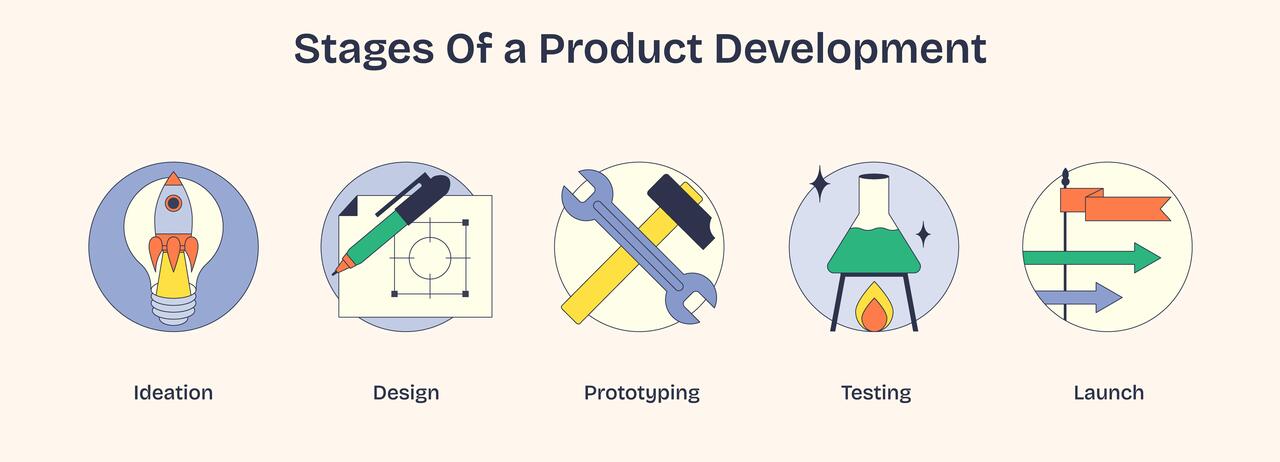
The Key Stages Of Product Development: A Complete Guide
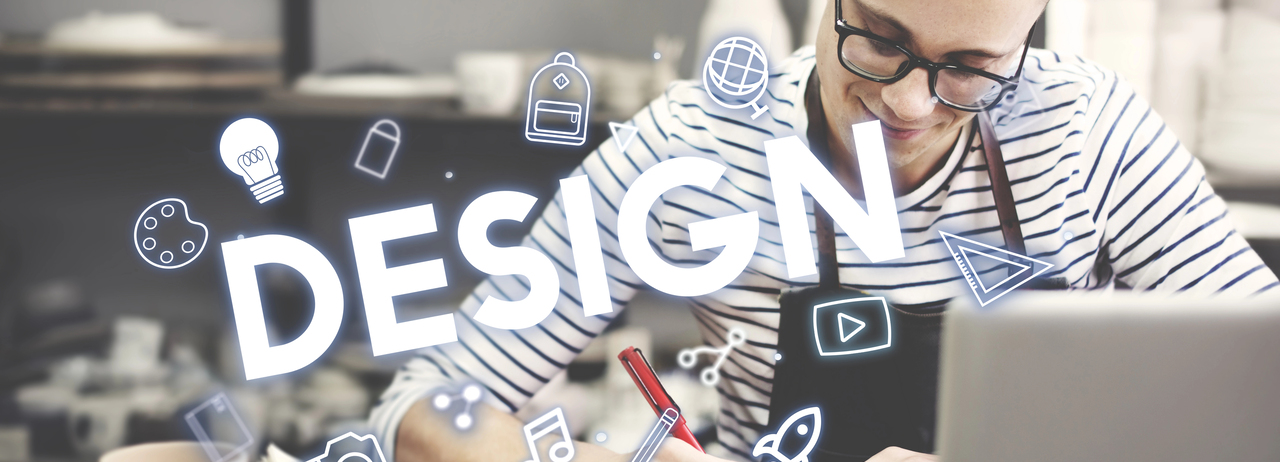
How To Design A Product That Stands Out In The Market
Contact Us
For custom quotes please fill out the form below. Or email us at info@rmaengineering.tech.
